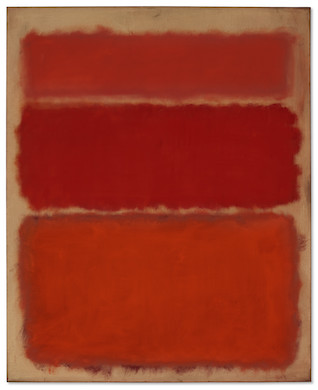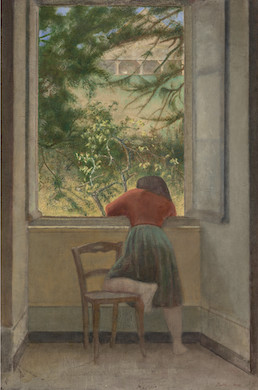Ready to Pony Up $250 Million for Some of Modern Art’s Greatest Hits?
The auction house Christie’s calls the Bass works ‘one of the most important American collections to appear on the market in decades.’

The auctioneer’s hammer will drop at Christie’s Thursday on one of the most anticipated sales of a private collection in years, a selection of a dozen works that previously graced the apartment of Anne Bass, who was once married to a Texas oil and gas billionaire, Sidney Bass.
The auction arrives a week after New York dramatically renovated the laws governing such events, with legislation rubber-stamped by the City Council sweeping away licensing requirements and regulations in the name of stimulating economic activity for such businesses as auction houses, laundromats, and sidewalk cafes.
While the newly permissive dispensation is set to take effect on June 15, Christie’s announced that “we did not advocate for changes to the regulations, and continue to operate as we have been.” It intends to operate under the legal status quo.
The Bass group will lead Christie’s 20th Evening Sale, and is widely expected to fetch more than $250 million. The auction house calls it “one of the most important American collections to appear on the market in decades.”
Opening for bidding just days after Andy Warhol’s “Shot Sage Blue Marilyn” sold for a record $195 million, the Bass collection is yet another Christie’s triumph and milestone in the modern art boom.
Its highlights include three paintings by Edgar Degas, two by Mark Rothko, a pair from the French artist Balthus, and a trio of works by Claude Monet that hung in the dining room. Christie’s head of Impressionist and Modern Art, Max Carter, labels the assemblage of pieces a “total work of art.”

Monet’s “Le Parlement, soleil couchant,” completed between 1900 and 1903, is a gorgeous evocation of Westminster washed in purple and shadow, the sun an orb of orange on the edge of disappearance. It is valued at between $35 million and $40 million.
Another Monet, “Nymphéas,” is a lovely landscape of lilies, a shimmering vision of pinks, greens, and blues that appears to stretch endlessly beyond the bounds of the frame in a floral archipelago. One of more than 250 Nymphéas paintings completed by Monet, it features the master’s signature scrawled in a lower corner, and is priced somewhere between $35 million and $55 million.
The third Monet, “Peupliers au bord de l’Epte, automne,” depicts sky, sea, and land, centered on upright and charismatic poplars that give the piece its title. Famously, the trees were themselves put up for auction before Monet had finished painting them, forcing the painter to buy them for far less than the $30 million to $50 million the painting is now worth.
The Rothkos are expected to garner the most eye-popping sales prices. “Untitled (Shades of Red)” is nearly a biography of that color, rendering in the artist’s signature style a spectrum of shades. It will garner plenty of green, Christie’s values it between $60 million and $80 million.
Another Rothko painting, “No. 1,” features an eye-poppingly wide and orange midriff, and appears less like an intense study of one color than a conversation between a range of them, from that lusty orange to a pair of cousinly reds, all of it looking like something the sun would compose if it undertook a self-portrait.
If the human form is of greater interest, the works by Degas feature “Danseuse attachant son chausson,” a depiction of a ballerina bent over fastening her footwear, the flat of her back a record of the endless training required by her demanding art. “Femme en peignoir bleu le torse découvert” presents a woman half clothed, her hair a copper magnificence, against a molten backdrop.

An unusual piece is “Petite danseuse de quatorze ans,” a sculpture of a student at the Paris Opera Ballet that Degas crafted from bronze, muslin, and satin, her posture focused and taut. Not exactly realist, it feels as if Degas embalmed the girl’s talent, preserving it long past when she herself danced her last.
To my mind, the loveliest painting is Balthus’s “Jeune fille à la fenêtre.” Head bent, leaning on a chair, a girl looks out a window at a vista crosshatched with branches, peering to the beyond. If only she could see how one day she would be appraised with a price far above rubies.

